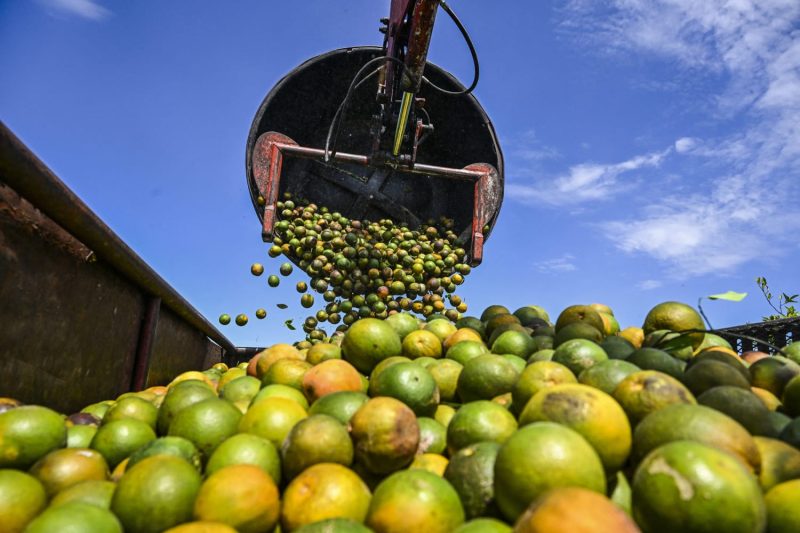Orange juice has become a staple beverage for many households around the world. Its refreshing taste and high content of vitamin C have made it a popular choice for breakfast or a quick pick-me-up throughout the day. However, the seemingly simple task of producing orange juice comes with various challenges that contribute to its high cost.
One of the factors that significantly impact the price of orange juice is the production process itself. Unlike other fruit juices, such as apple or grape juice, oranges can be challenging and costly to harvest. The trees require careful tending, including pruning, fertilization, pest control, and irrigation, all of which add to the production costs. Additionally, picking oranges by hand is a labor-intensive process that involves skilled workers and can be time-consuming.
Furthermore, the logistics involved in transporting oranges from the groves to the processing plants can also drive up the cost of orange juice. Oranges are a perishable fruit and must be transported quickly to prevent spoilage. This requires specialized transportation methods and storage facilities to maintain the quality and freshness of the fruit. These additional handling and transportation costs are factored into the final price of orange juice.
Another factor that contributes to the high cost of orange juice is the production yield. Oranges have a relatively low juice yield compared to other fruits, meaning that a large quantity of oranges is required to produce a significant amount of juice. This results in higher production costs and ultimately leads to a higher price tag for consumers.
Moreover, the process of turning oranges into juice involves various steps, including extraction, filtration, pasteurization, and packaging. Each of these steps requires specialized equipment and expertise, adding to the overall production costs. Additionally, the demand for high-quality orange juice with no added preservatives or artificial ingredients further increases the expenses associated with production.
The fluctuating cost of raw materials, such as oranges, can also impact the price of orange juice. Factors such as weather conditions, pests, and diseases can affect the quality and quantity of the fruit, leading to variations in the cost of production. In times of scarcity or poor harvests, the price of oranges can increase, further driving up the cost of orange juice.
In conclusion, the high cost of orange juice can be attributed to various factors, including the labor-intensive production process, logistics involved in transporting the fruit, low juice yield of oranges, production steps, and the fluctuating cost of raw materials. While orange juice may seem like a simple and affordable beverage, the complexities involved in its production make it a more costly option compared to other fruit juices. Understanding these factors can help consumers appreciate the value of orange juice and the effort that goes into bringing this beloved beverage to their tables.




























